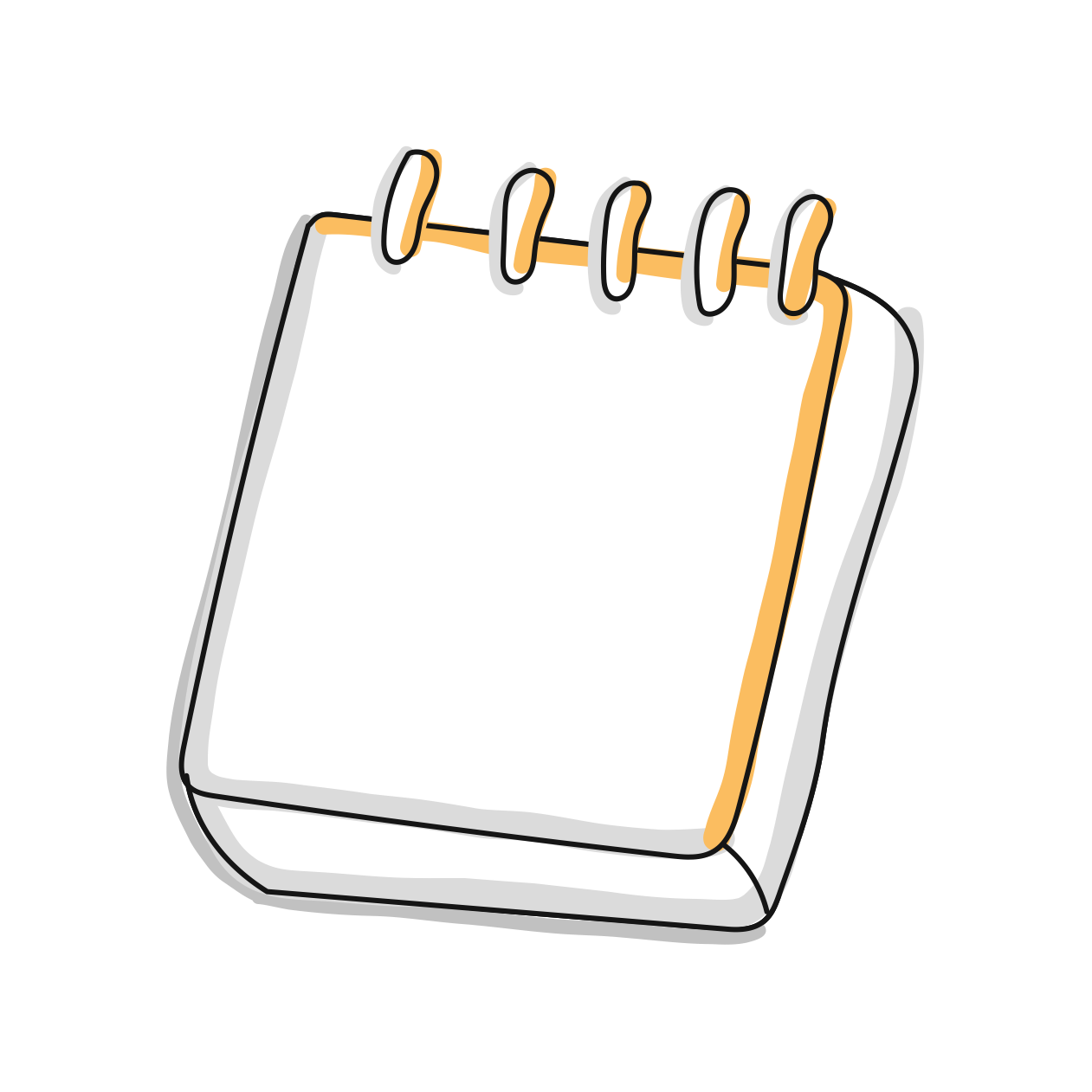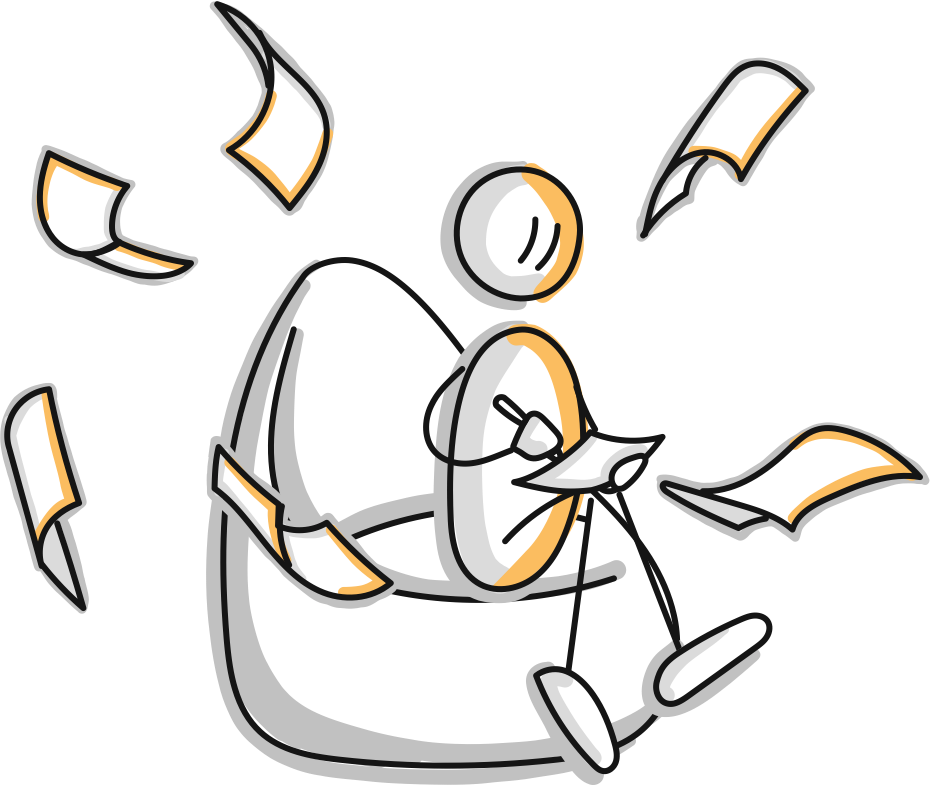Link #46 🌱🌿🌳 L&D Consulting: Note-taking is part of the magic
Fresh perspectives and links for learners and L&D professionals.
About Notes and Note-taking
We’re continuing the deep dive into the RCAA Consulting toolkit, built on the RCAA Framework: Relationship - Conversation - Agreement - Action.
In the framework, Relationship has 3 relevant aspects:
Positioning - ways in which L&D professionals can position themselves in relation to (internal) clients
Trust - ways in which they can develop the level of trust with the clients
Notes - ways in which they can easily have relevant information at hand, from previous interactions with the clients
After covering Trust last time, today I’m inviting you to discuss about Notes.
Note-taking becomes crucial when you have more than 5-7 (internal) clients and generally when it gets harder to rely on your memory for every relevant detail in the consulting relationships and projects.
Not remembering relevant information that was previously shared, confusing things that were previously discussed or apparently ignoring important aspects that the (internal) client mentioned before are things that are definitely influencing the course of the relationship with that specific person.
Given that most 1:1 interactions happen in 30/45/60 min sessions that need to be both efficient and effective, there are 3 key facets that help a lot: the system, the discipline and the preparation.
The system
Create a notes system that helps you easily find the information you need.
Over the years, I’ve experimented with tens of setups & variations
Everyone is different, so I can’t offer an universal system that works in each case
What I can do is share what works for me now, as an inspiration 👇
I have three note-taking modes:
A. For face to face conversations: focus on taking notes only of key ideas and action items + taking time to remember extra info that is relevant, after the conversation
B. For fast-paced online conversations: focus on taking verbatim notes + reviewing notes and highlighting the most relevant ideas and action items, after the conversation
C. For slower-paced online conversations: focus on taking realtime visual notes + reviewing and completing them after the conversation
For text notes (both from offline and online conversations), I’m using OneNote - where I have a notebook named “Daily”, with sections with each month e.g. “July 2024”, with notes for each conversation or work session e.g. “1:1 Andreea … - Org Design …”
For being able to find the information very fast when I need it later, I’m using a naming convention for all my text notes:
(type of note) for example: from 1:1 talk
(name of person) First name & last name
(main topic) for example: Org Design
(company) usually an abbreviation
This changes for visual notes (usually for online conversations), when I’m using Miro - more specifically a board containing the current month e.g. “Notes_JUL24”, where I put all my visual notes from this month. Notes from a specific conversation have a post-it as a headline, containing the same 4 elements listed above.
For being able to effectively leverage this note-taking system, another important aspect comes into play.
The discipline
Constantly add and refine information in the system, based on relevant interactions you have around the specific relationship.
This part is more about developing the habit of continuously adding new notes in the system and to keep it up-to-date. Habit enabling practices come into play, like for example:
For face to face conversations
Taking a notebook to the meeting. Fallback: taking notes on my phone/laptop*. Fallback: relying on my short term memory to take notes after the conversation
*If the case, sharing with the other person that I’m taking notes
Not booking back-to-back meetings, so I can take the time to review notes from previous conversations and act based on them, if possible
Digitizing notes e.g. moving them from the physical notebook to OneNote - so they are searchable
For online conversations
Mainly allocate some time to review notes and act based on them
There’s also another aspect that helps follow-up conversations be efficient and effective.
The preparation
Before a new conversation with the client, it’s useful to prepare by reviewing relevant information from your previous interactions.
From my practice: what I’m minimally doing is to take a look at the notes from the previous conversation with the person, by searching through my notes. This usually takes 2 minutes, that I’m spending either just before the session, either at the beginning of the day (in the rare occasions I’m having a day with back-to-back meetings = no time to prepare in-between meetings).
Here are a couple of questions that guide my preparation:
Do I know what we’ve discussed last time?
What could we build upon this time?
Next time, we might deep dive into the Listening aspect of the Conversation in the RCAA Framework… or tackle other specific topics in the vast L&D space.
If you find these posts useful, please like or comment - as this helps me prioritize writing on this topic among the tens others I want to share knowledge around.
Keep on learning,
Bülent
As a learner and knowledge creator across fields, I enjoy advising (as a side activity) OD and L&D teams on how to create more impact with the limited resources they have at hand.
My main activity is to advise CEOs of Tech companies on Strategy.
See also: LinkedIn / Strategy & Org Design Goodies and Personal Strategy newsletters / Affiliations: IASP, APF, EODF, IAF and IG




